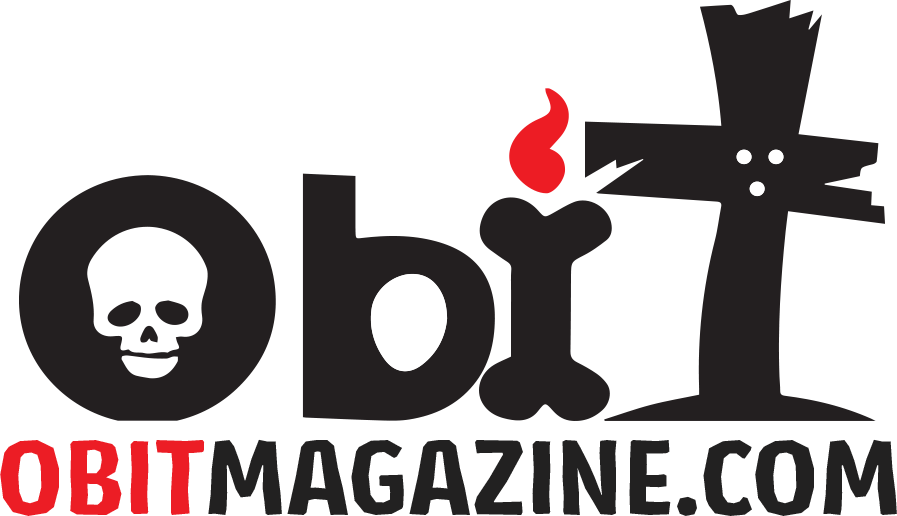The year was 1971, less than 10 years from the assassination of John F. Kennedy. The ‘60s-inspired dreams of utopian peace and love, fueled by psychedelic drugs, had basically given way to the me-decade of narcissistic drugs like cocaine, the first glimmering of nihilistic punk-rock on the horizon in the guise of the Velvet Underground, The Stooges and David Bowie.
Infused with that vision of a polyglot world brought together by a sugary concoction which came to symbolize the global ramifications of capitalism run amok, the creative team at Madison Avenue staple McCann-Erickson came up with an idea to sell Coca-Cola.
The song, which became known as “I’d Like to Teach the World to Sing (In Perfect Harmony)”, actually came first,
inspired by McCann-Erickson exec Bill Backer – which the final episode in Mad Men suggested might well be the role model for Jon Hamm’s Don Draper.
“I’d like to buy the world a Coke.” That was the message Backer scrawled on the back of a napkin at Shannon Airport in Ireland during a layover delay when he noticed his fellow passengers in a joking mood while guzzling down a few bottles of the soft drink.
Taking the theme from a melody written by his agency companion Roger Cook and partner Roger Greenaway – a previous jingle called “True Love and Apple Pie” – and produced by Motown/Stax veteran Billy Davis, the finished song aired on U.S. radio on February 12, 1971, though it failed to gain much traction.
Backer then convinced the agency to film a lavish, $250,000-budgeted commercial (the most expensive to that point), using the song, dubbed “Hilltop,” shot on an elevated piece of land outside Rome, Italy, featuring a cast of multi-cultural singers lip-syncing to the tune, displaying bottles of Coca-Cola labeled in a variety of languages.
In a sign of the times, South Africa asked for a version of the spot without the black actors, which Coca Cola refused, then proceeded to reduce its investment in that apartheid-practicing country.
The commercial was a sensation, catapulting recorded versions of the song (sans the Coke mention) by the New Seekers and the Hillside Singers to #7 and #13 respectively on the Billboard Hot 100.
Tying its multinational, global sentiments to Coca-Cola turned into a coup for the company, the perfect storm of a capitalist giant co-opting the peace-and-love message of the ‘60s to the upwardly mobile yuppie dynamics of the ‘70s and Reaganomics ‘80s.
Mad Men’s use of the commercial, which was apparently the result of a fever dream experienced on a peaceful bluff above the Pacific Ocean by a Zen-addled Don Draper, was the ultimate irony. It offered a cynical, yet hopeful, commentary about turning our own experiences into creative epiphanies, even if the result offered a self-deceptive parody of transcendence.
Flash forward to 2016, and the ultimate huckster himself, real estate mogul and short-fingered vulgarian turned President-elect Donald Trump, a product of the very system created by Coca-Cola, representing American consumerism and faux realpolitik at its most divisive. In a world joined together by the 0s and 1s of the Internet, we are paradoxically doomed to our own niches, as far from Coca-Cola’s mystical mountaintop as ever, guzzling soft drinks in lieu of satori.
Yes, that hillside in its camaraderie never felt so far away in these Divided States Of America. That dream of nirvana – differences celebrated, yet masked in mutual communalism – never so unattainable.
It’s like what happens to a bottle of Coca-Cola it it’s left open for too long – the fizz, the sparkle, the pop, if you will, goes out, and it’s left flat.
I’d like to teach the world to sing, too, but that dream of unity is now behind Trump’s equally metaphorical wall. That perfect harmony has been killed by a cacophony of bum notes falling on deaf ears. Things might have once gone better with Coke, but they sure seem out of tune with these times.

Leave a Reply